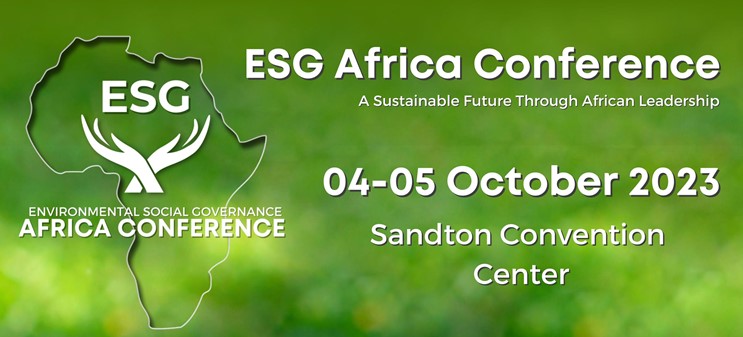Welcome to the world of ESG – where everything is connected, complex, and constantly evolving! In fact, the recent Oscar-winning movie “Everything Everywhere all at Once” offers a great analogy for understanding the importance of an integrated approach to ESG.
Just like the movie’s characters move through multiple universes and times, the ESG world is very contextual to where you are located (universe) and has an element of time or maturity in terms of the ESG journey. It’s also a complex balancing act, as there are inherent linkages, tensions, and trade-offs, even in the most mature context.
ESG covers all parts of an organization, from strategy and risk to finance, HR, operations, and everything in between. And that’s precisely why ESG must be integrated into all aspects of an organization. If it’s not, there are simply too many moving parts to manage coherently. Management in silos brings too much risk, including loss of opportunity, competitive edge, and productivity, as well as sub-optimal efficiency.
ESG must be integrated internally and externally to an organization. This means integrating with stakeholders to better understand their needs and expectations. If done correctly, integration allows for co-creation of new innovations with increased levels of buy-in and commitment. Without an integrated ESG process, there will be no common company culture, and results will be patchy, exposing the organization to possible reputational and performance-based risks.
Integration is also critical along the value chain. Organizations can no longer ring-fence their businesses and not align, synergize or assist up and down the value chain. Reputation risks arise if suppliers do not uphold the same standards, ethics, and quality as the buyer. In addition, new and emerging ESG regulation will soon require value chain reporting of key indicators such as carbon intensity of products.
One of the most important forms of integration is that of integration between the day-to-day operations and the longer-term vision and strategy of the business. ESG reporting is mostly backward-looking, but an emerging trend is to report looking forward, as encouraged by the TCFD (Task Force for Climate Related Financial Disclosures) and future target-setting processes encouraged in many reporting frameworks.
From a skills development perspective, people at all levels of the organization and all areas of work need an integrated set of skills. ESG issues cannot be “delegated” to the ESG department, as ESG departments need to increasingly be embedded into other teams. Skills development programs need ESG integrated into them, and leadership to on-the-ground operators all need to have ESG defined for their specific context and be trained accordingly.
So, if ESG is to drive transformation, it must be integrated internally and externally into an organization. If it’s truly integrated and not an add-on, it has the potential to change the way we work, manage positive and negative risk, the company vision, and how we collaborate and interact with stakeholders. It’s everything, everywhere, all at once, and it’s essential to create a sustainable future.









